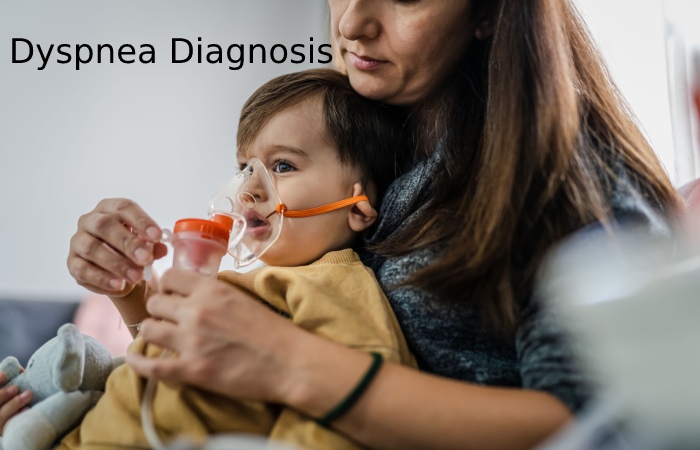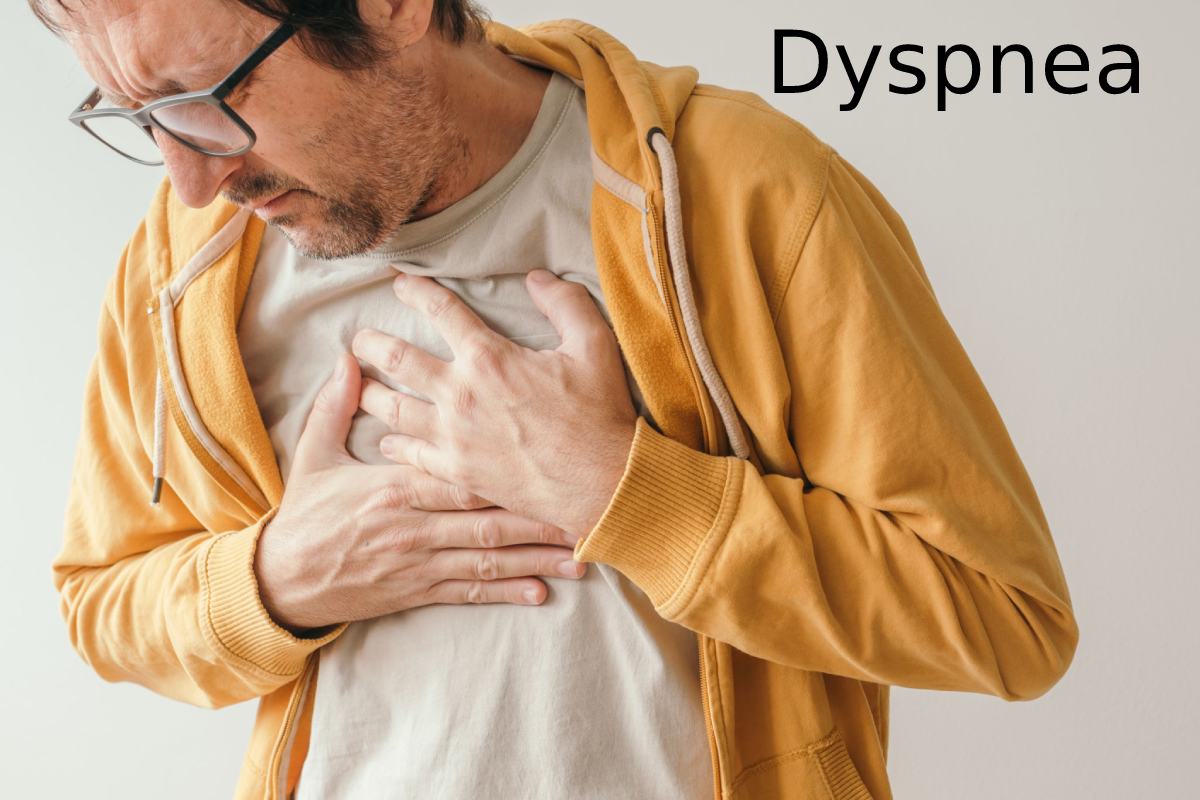Dyspnea – The human body performs different processes daily. For some, we pay attention to them only when they have a problem. Take, for example, breathing. We can do it almost without realizing it, but if we develop dyspnea at any level, we must attend to the problem immediately.
Table of Contents
What Is Dyspnea?
When we speak of dyspnea, we refer to the inability of our body to inhale oxygen. In other words, it’s when it becomes difficult to breathe. It can be complete or partial, so if a person can live but feels trouble doing so, they likely have this disease.
As the University Clinic of Navarra points out, it is a disease that depends significantly on what the person feels when breathing. For this reason, they suggest that you consult your doctor at any sign of related problems.
Causes Of Dyspnea
The causes of mild or severe dyspnea vary from person to person.
Physical activity – It may be that it is almost impossible to breathe after some exercise, even light. This situation is related to occasional dyspnea.
Body weight – Those who suffer from obesity are more prone to dyspnea. It is because the body is much more demanding in several functions.
Low temperatures – Especially if it is combined with height. At higher altitudes, the temperature is lower, so breathing is increasingly affected.
Lung disease – Many conditions can interfere with the respiratory system, such as asthma, COPD, pneumonia, coronavirus, etc.
Remember that if the discomfort lasts a long time, a week or more, it probably could be a chronic disease. Among the causes of this condition, we find cardiac dysfunction, pleural effusion, asthma, and COPD. For example, you can get dyspnea if the person is frequently exposed to high stress and anxiety levels. Similarly, allergic reactions can alter the proper functioning of the respiratory system, and depending on their intensity, some may require the intervention of medical services.
How Is Dyspnea Diagnosed?
Many additional causes lead to dyspnea, so to determine if a person has this disease or not, the intervention of a health professional is necessary. First, he will have to complete a study of the patient, requiring an interview in which specific details of the problem will be revealed.
Then, the physical examination will be carried out, prioritizing some organs, such as the heart and lungs. Among the tests that are recommended to be carried out
Blood Evaluation – Priority will be given to analyzing the circulation condition through the arteries.
Effort – Since physical exertion can affect the ability to breathe, it is one of the evaluations to keep in mind.
Lung Function – It is necessary to know the lungs’ condition and how they work.
Chest Evaluation – A tomography or an X-ray can be done to know if the rib cage is in ideal conditions.
Symptomatic Treatment
As we have seen in this article, dyspnea can caused by various causes, so to reduce its presence, it is necessary first to determine its origin. Afterward, medications can be used to eliminate the problem causing the person to suffer from dyspnea. But, first, let’s see how to act in the face of some ailments.
Asthma – If this disease causes dyspnea, it will be necessary always to have an inhaler, which facilitates the recovery of the ability to breathe.
Lack Of Oxygen – Some people cannot inhale the oxygen they need on their own. In these cases, this element can be supplied thanks to oxygen therapy.
Conclusion
Diseases of any kind cause harm to the body in either way. It affects the immune system and causes the person to suffer. Although likely, people with dyspnea will always require the help of someone else, it is also expected that they will be alone at some point, even for short periods.

